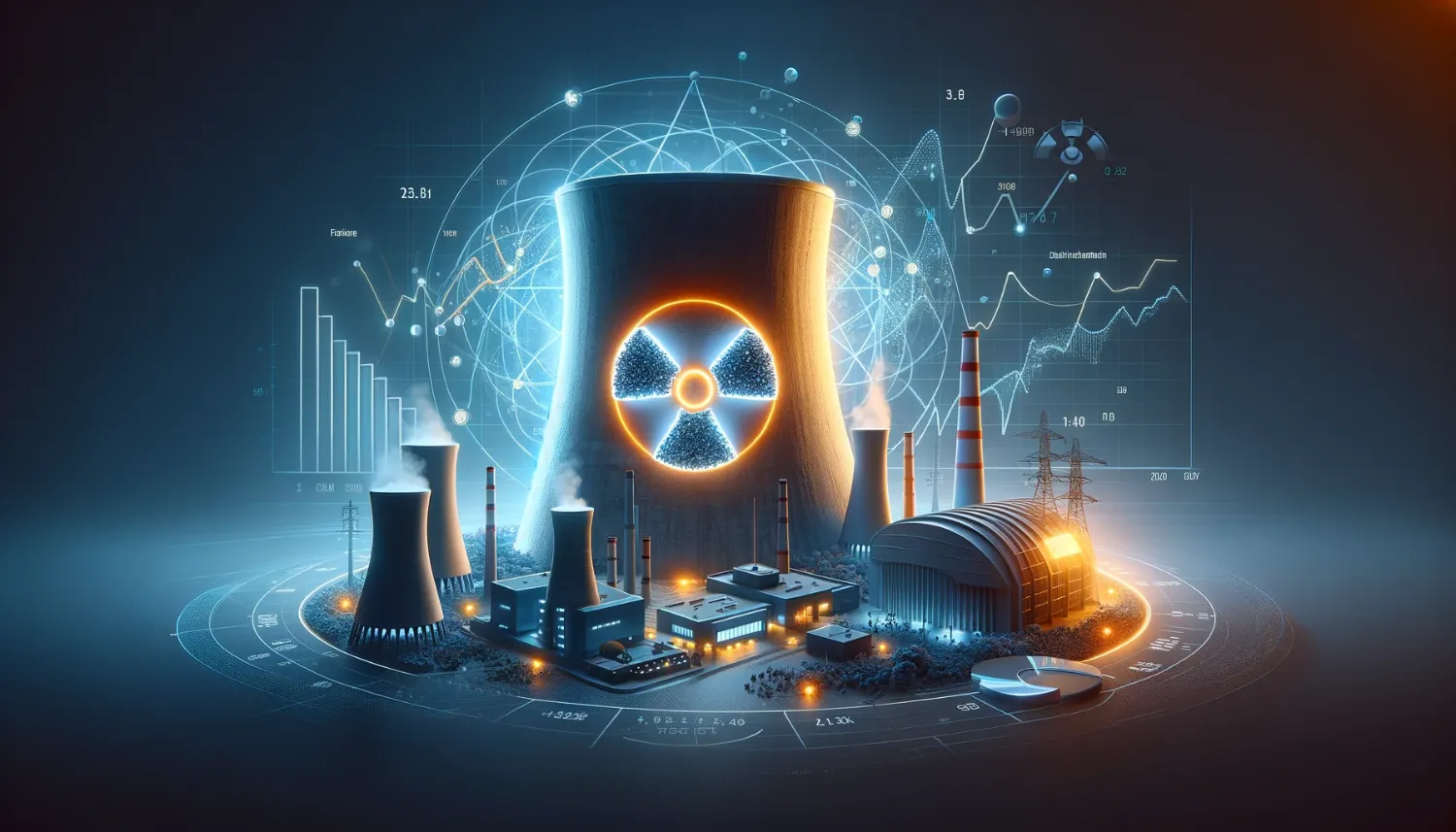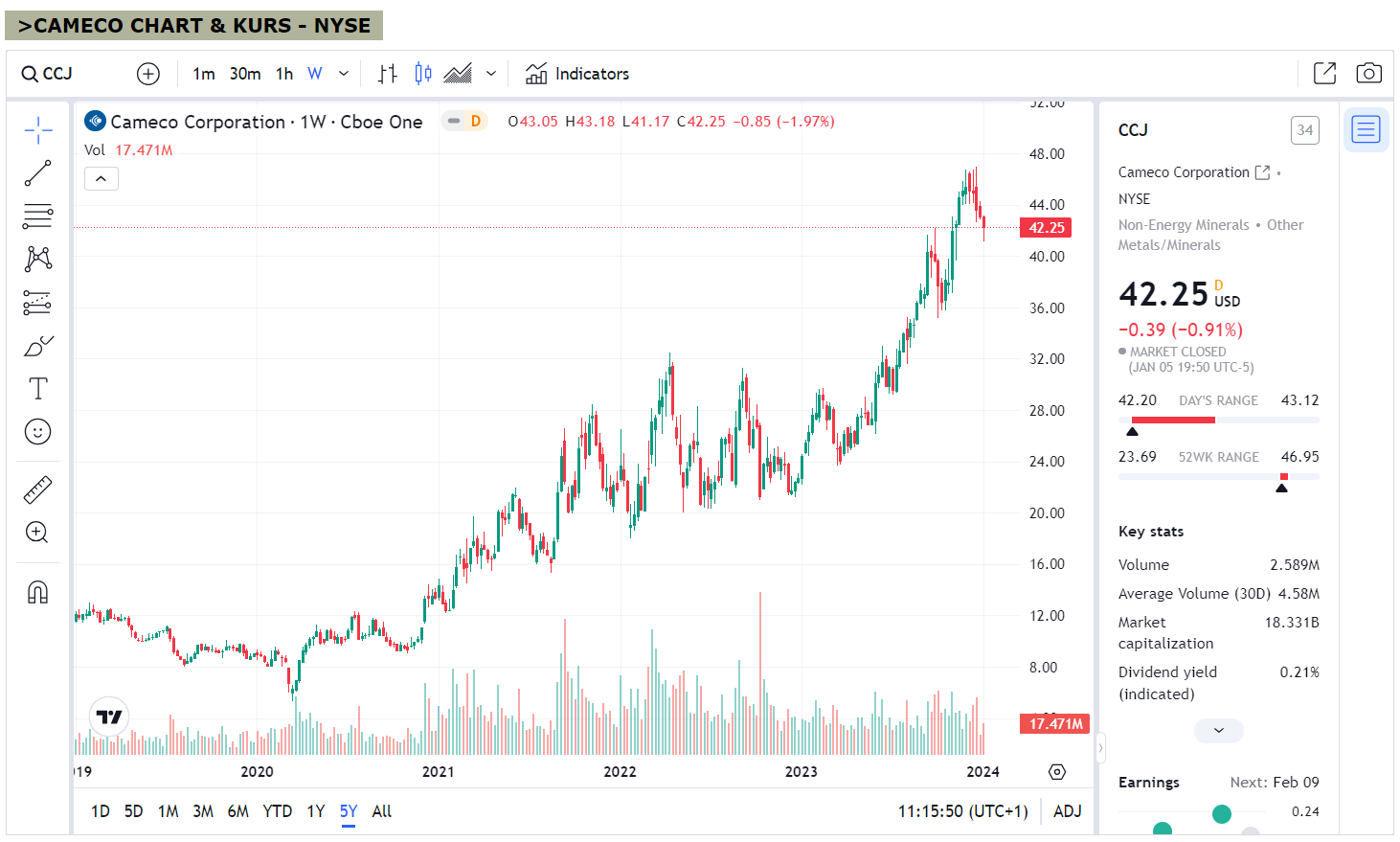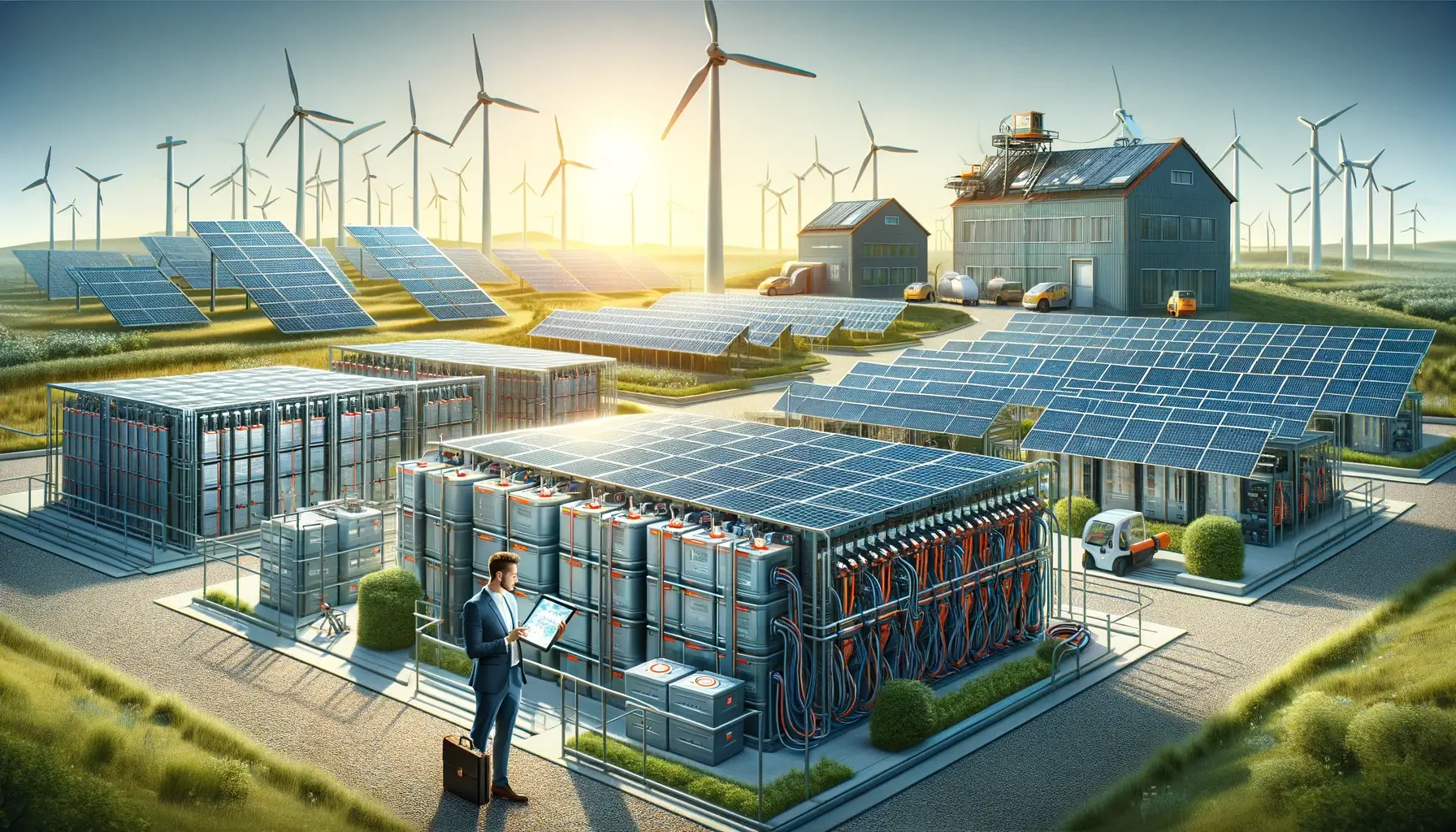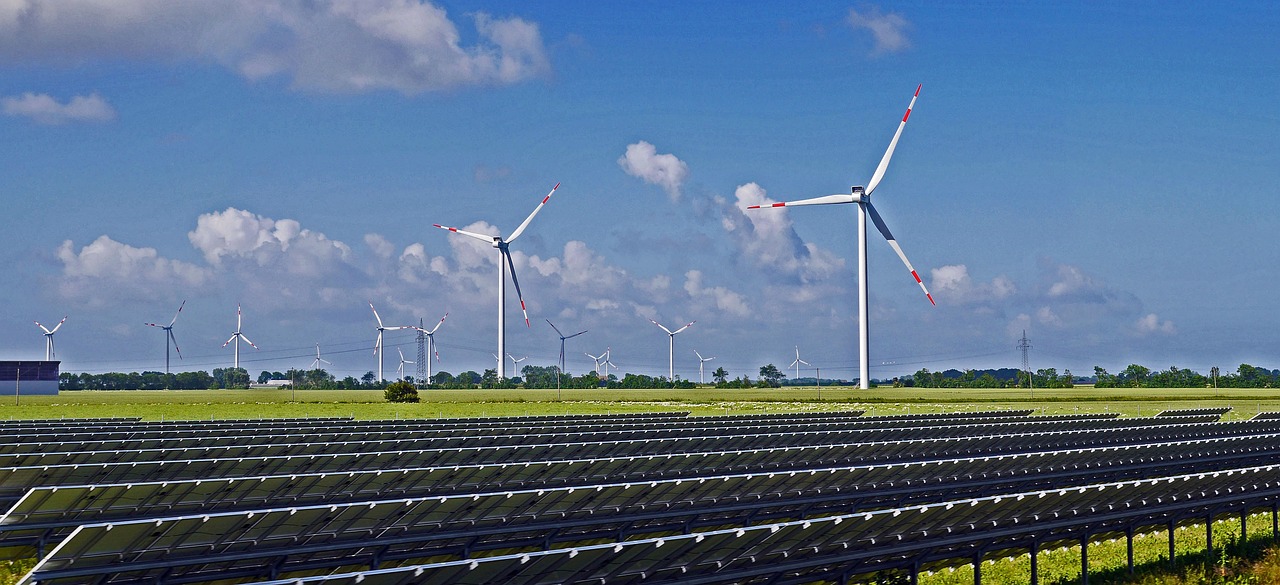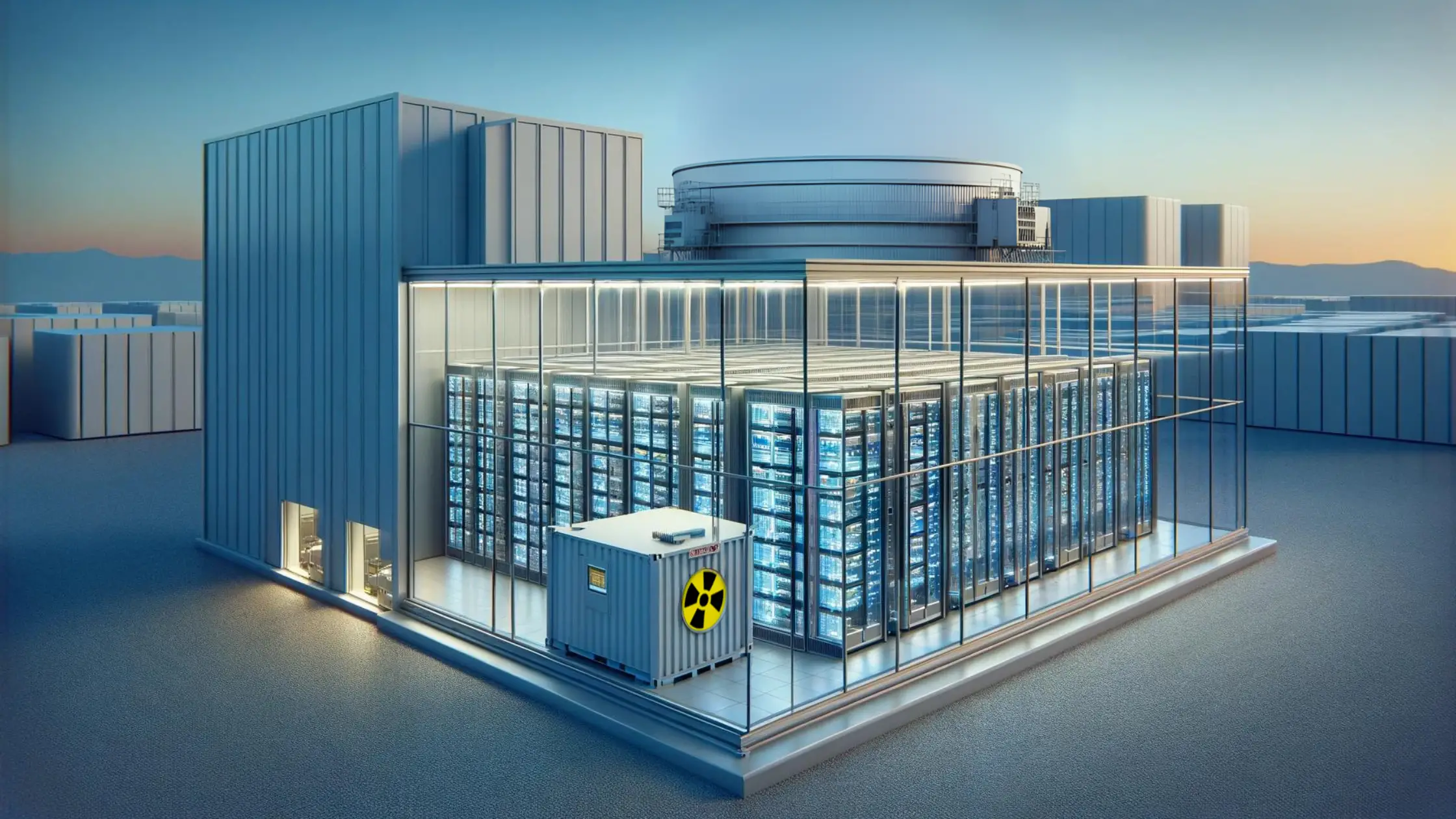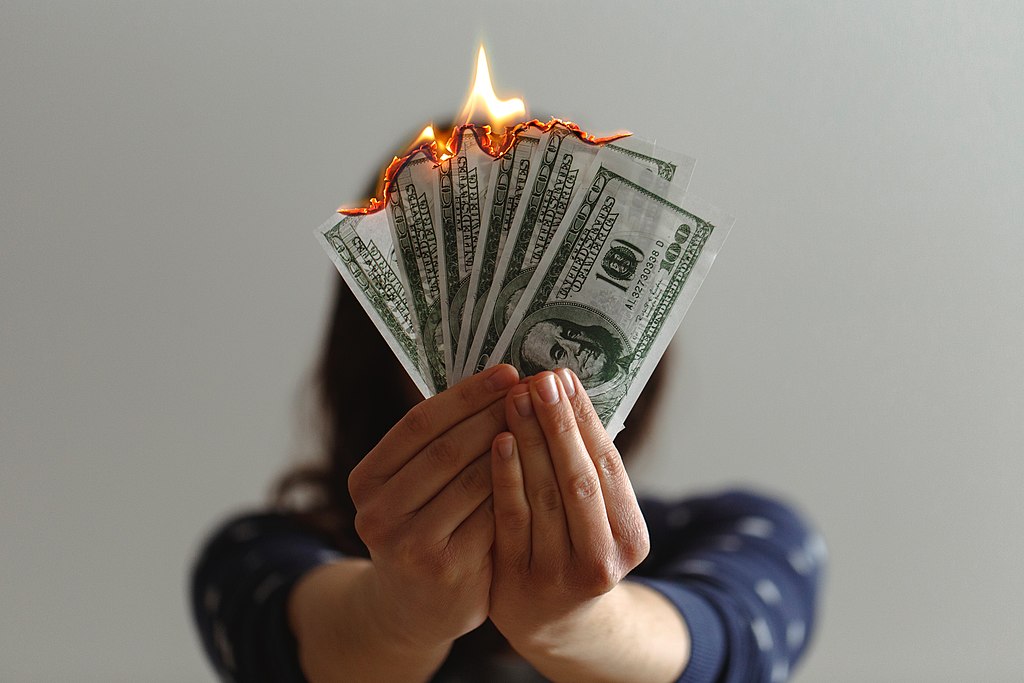Are investments in uranium worthwhile? I have been following developments in nuclear power for a number of years now, I was an opponent of nuclear power myself for a long time, and yet after 2011 and the Fukushima disaster I looked into the subject in more depth and did my own research, watched documentaries and reports myself, looked beyond the German "negative" horizon and then came to the point where I say that the Nuclear power is an important and non-negligible source of energy.
As the title of this article says, I would like to explain why I personally invest in uranium and why I see uranium investment as a sensible investment.
In today's world, where sustainable and long-term energy sources are becoming more and more important, uranium is increasingly coming into focus as an investment opportunity.
But before I continue, here is the disclaimer:
Disclaimer
The content of this blog is for information purposes only. I am not a financial advisor. The opinions and information do not constitute investment advice and should not be considered as such. For investment decisions, it is recommended that you consult a qualified professional. I accept no liability for any loss or damage that may arise from the use of this information.
Why invest in uranium?
Anyone who has not fallen on their head should know that the demand for electricity is increasing in every country (except Germany, where industry prefers to flee abroad to avoid rising prices, another topic), this is because almost every country has an interest in a healthy economy, which in turn creates jobs, promotes innovation and increases the prosperity of the respective country.
The global demand for energy is constantly growing, and with it the need to find sustainable energy sources. Uranium, as the primary fuel for nuclear power plants, is playing an increasingly important role in this. Not only in energy generation, but also as a stabilizing factor in the global energy supply.
However, prosperity in material form also means that people can afford more things and therefore consume more and also use more technology, but this leads to an increase in electricity demand, depending on the region, the demand is higher or lower, but it can be said that electricity demand is increasing everywhere.
An important factor is that these industrialized nations have built their infrastructure over decades on the basis of fossil fuels such as coal, oil and natural gas. If you look at the diagrams showing the relationship between CO2 emissions and gross domestic product (GDP), you can quickly see that the industrialized nations have a higher CO2 footprint.

Source OurWorldInData.org/co2-and-greenhouse-gas-emissions | License: CC BY
There is also the problem that fossil fuels such as coal, oil and natural gas are, as the name suggests, fossil and therefore finite and can no longer be extracted at some point. More important at the time of writing, however, is the use of renewable energies such as solar and wind.
Problem with renewable energies
But these have a problem: solar and wind are volatile, which means that even if the Power generation costs are cheap, sometimes only 5 cents per kWh up to 20 cents per kWh. There is one problem with this: volatility. Who wants to live in a country where there is only electricity when the wind blows or the sun shines? The problem, which many people fail to recognize because they don't have the background knowledge, is that the output of renewable systems is given in Wp or kWp / MWp, which means watt peak, kilowatt peak, megawatt peak.
These are values that can be delivered at peak times, i.e. at the absolute peak and under perfect conditions. Unfortunately, the fact is that the Full load hoursThe official technical term for the provision of 100% of 24/7 energy from solar energy in Germany is unfortunately only 10%. This means that even when the sun is shining, the solar modules do not reach their maximum output, either due to the fixed angle of inclination to the sun, population or partial shading, depending on the time of day.
And so it is that, as of 2023, more than 74 GW of installed solar systems in Germany produce clean electricity, but the average output in summer is no more than half of that. In winter, the output is even lower because the sun is too low and the light cannot be used. On 08.01.2024 at 1 p.m., according to Electricity Maps of 74 GW, only 9.71 GW will be supplied, which corresponds to 13.13% of the electricity supply in Germany.
The wind looks only slightly better, here we are between 16% and 57% full load hours per yearwhere the maximum power can be delivered.
As you can see, for an industrialized nation that needs cheap energy for the economy 24/7, renewable energy makes sense in terms of sustainability, but it is insufficient and the loads and fluctuations in the quantity supplied mean that redispatch measures have to be implemented on a daily basis to ensure that the grid remains stable.
So what is left?
Nuclear energythe form of energy that Federal Chancellor Olaf Scholz (SPD) wants to see in 2023 as "Dead horse" had described.
While Germany spoke of sustainability at COP28 and called for all countries switch to renewable energies Instead, an alliance of 22 countries formed with the aim of quadrupling nuclear power over the next 20 years.
The list of countries that want to triple their nuclear power capacity by 2050 includes:
| Bulgaria | Sweden |
| Finland | Slovakia |
| Ghana | Slovenia |
| Japan | South Korea |
| Canada | Czech Republic |
| Morocco | Ukraine |
| Moldova | Hungary |
| Mongolia | USA |
| Netherlands | United Arab Emirates |
| Poland | United Kingdom (UK) |
| Romania |
The following diagram shows the expansion plans of some countries.
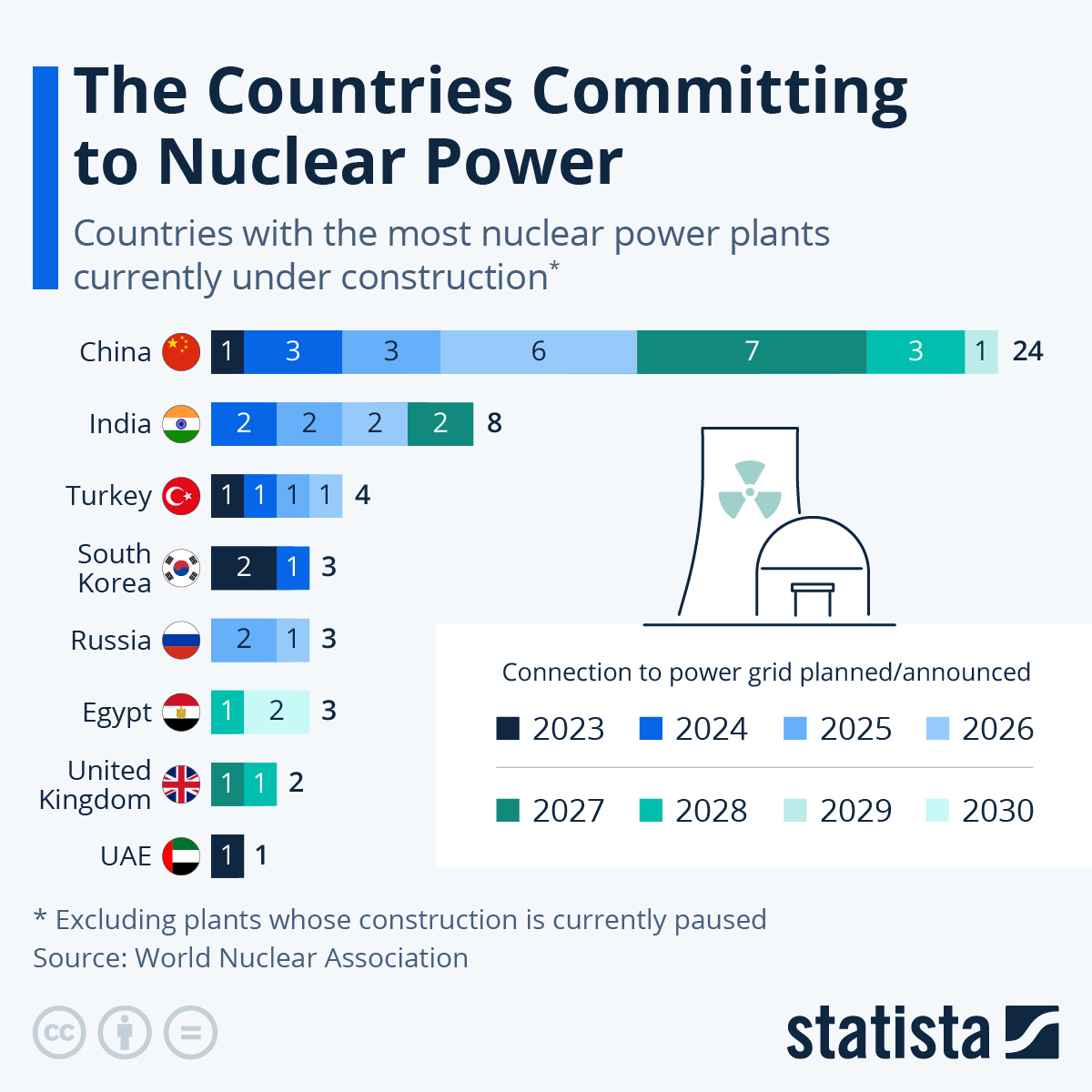
Source: Statista
What is striking is that China does not appear in this alliance, and is itself its own Expand nuclear power capacitieswell, it's just China's politics, you don't have to be everywhere, especially not if you're going to be there anyway. is faster than the othersultimately is probably also a competitive decision.
China, for example, has recently achieved promising results in Extraction of uranium from seawater (ACS.org) (Collaboration Research China-Saudi Arabia Seawater Uranium Extraction 2017) and until In 2050, a large-scale plant for the extraction of uranium from the sea is still under construction. Nuclear fusion research as Germany, ITER still delayedand has a thorium nuclear power plant (TMSR-LF1) for research into molten salt reactors in 2023. And was the first country in the world, based on German technology and researcha gas-cooled pebble bed high-temperature nuclear reactor (HTR-PM) of Generation IV went into commercial operation.
I think this shows that China is also so far ahead technologically when it comes to nuclear power that they don't need to join an alliance. After all, they want to earn money with their own technology 😉
As can already be seen in the diagram above, the gross domestic product per inhabitant is strongly linked to the respective CO2 emissions, in addition to the point of consumption, which is an important point but I do not want to address in this article, everything that is produced and used in the country that requires energy is dependent on a clean form of energy. So you can afford an electric car, but you still end up causing CO2 by charging it via the public infrastructure, just somewhere else, the CO2 is produced in the power plants that burn fossil coal or gas. So the emissions of an electric car also vary depending on how much CO2/kWh is produced.
Interim conclusion
So what can you take away so far?
- Increasing importance of nuclear energy: In view of the global energy transition and the search for low-CO2 energy sources, nuclear energy is once again gaining in importance. Uranium as the primary fuel for nuclear power plants is therefore of Central importance.
- Long-term security of energy supply: Uranium offers a reliable and long-term source of energy. Unlike fossil fuels, which are finite, uranium reserves, as well as recycling and uranium extraction from seawater, provide a stable and long-term energy supply.
- Reduction of CO2 emissions: The use of uranium in nuclear power plants leads to significantly lower CO2 emissions compared to traditional fossil fuels. This supports global efforts to reduce greenhouse gas emissions and protect the climate. The OECD supports this development.
- Economic potential: Demand for uranium is expected to increase as more and more countries invest in nuclear energy. This offers investors the opportunity to benefit from the growing importance of uranium on the energy market.
- Technological advances in nuclear energy: With advances in nuclear technology, including safer and more efficient reactor designs, the potential for even wider use of uranium is increasing. This could lead to more sustainable and efficient energy production.
As you can see from the interim conclusion, nuclear power has a great future ahead of it, because the demand for energy is increasing, and what's more, this electricity should be CO2-free, with the accelerated development and demand for electric cars, the energy demand and the load on the power grid is increasing, the power grid is therefore dependent on stable, base-load capable and clean energy. Should we then also be prepared to pay a higher electricity price? I think it would be even cheaper than at presentbecause the German energy transition is currently costing a lot of money, between 40 and 50 euro cents per kWh, and the price will continue to rise.
Due to the increasing number of Redispatch measures increase costs and also the burden on the electricity grid, ultimately it will not become more climate-friendly. At the same time, Germany alone cannot cover its energy supply and is dependent on imports from abroad, where, ironically, electricity is also imported from nuclear power plants. Battery storage systems are in high demand, yet none are being built on a large scale, just like the Hornsdale Power Reserve in Australia, with a storage capacity of 194 MWh.
Uranium shares? Yes, they do exist!
Anyone who has read this far has at least earned the right to look at the shares, which is what this article is actually about, because you cannot buy uranium as a share itself, i.e. as a commodity, but you can invest in uranium companies.
I myself am a broker, only invested in 2 uranium companies:
CAMECO (ISIN: CA13321L1085 / FRA:CJ6)
Cameco Corporation is a Canadian mining company based in Saskatoon. Cameco is the second largest producer of uranium in the world after Kazatomprom. With the Cigar Lake Mine the company owns a 54.547 % stake in the second largest uranium mine in the world.
In October 2022, Brookfield Renewable Partners L.P. (another subsidiary of Brookfield Asset Management) and Cameco have agreed to acquire Westinghouse Electric Company from Brookfield Business Partners. Brookfield is to retain a majority shareholding of 51 % in Westinghouse, while Cameco will hold the remaining 49 %.
Cameco is one of the largest uranium companies engaged in uranium mining exploration.
Financially, Cameco is well positioned, with $1.3 billion in cash and short-term investments and $996 million in long-term debt as of December 31, 2021. For 2023, Cameco has increased its revenue expectations to between $2.43 billion and $2.58 billion, an increase over previous estimates. The company's dividend policy provides for an annual dividend of CAD 0.12 per common share for 2023.
In the last quarter ended March 31, 2023, Cameco reported earnings of CAD 0.270 per share, a significant increase compared to the same quarter last year. Cameco's share price ranged from a 52-week low of C$20.99 to a 52-week high of C$44.30 in the period from January 2023 to January 2024. This information underscores Cameco's strong market position, which is based on long-term contracts and a solid financial foundation. (Cameco Q3 2023 Results)
Uranium Energy (ISIN US9168961038 / ETR: U6Z)
The Uranium Energy Corp (UEC) is a leading provider of uranium fuels for the transition to a green and low-carbon energy future. As the largest uranium company focused on North America, UEC is developing cost-effective, environmentally friendly in-situ recovery (ISR) uranium projects in the U.S. and conventional projects in Canada. With two production-ready ISR platforms in South Texas and Wyoming, supported by fully licensed central processing facilities, UEC is strengthening its market position.
The company was recently presented at COP28 and has signed a Memorandum of Understanding with TerraPower for the supply of uranium fuel for the sodium reactor.
Uranium Royalty (ISIN CA91702V1013 / FRA: 59U)
The Uranium Royalty Corp (URC) is a company that specializes in uranium royalties. It focuses on profiting from uranium prices by making strategic investments in uranium interests. These include royalties, streams, debt and equity investments in uranium companies and ownership of physical uranium.
URC manages a geographically diversified portfolio of uranium interests acquired both directly from mine operators and from third party providers of existing royalties. This portfolio includes projects at various stages of development, from basic research to production. Notable projects in the portfolio include Anderson, Church Rock, Cigar Lake/Waterbury Lake, Dawn Lake, Dewey-Burdock, Energy Queen, Lance, Langer Heinrich, McArthur River, Michelin, Reno Creek, Roca Honda, Roughrider, Russell Lake/Russell Lake South, San Rafael, Slick Rock, Whirlwind and Workman Creek.
Orano Group
With the Orano Group is a French state-owned company that operates worldwide, including in uranium mining exploration. The Cigar Lake Mine is owned by the subsidiary AREVA Resources Canada, today Orano Canada at 37%. Orano itself cannot be bought as a share, you can but bonds/bonds However, as I do not work with this investment category, I cannot share any experience and am not invested with Orano.
Yellow Cake (ISIN JE00BF50RG45 / OTCMKTS: YLLXF)
Yellow Cake Plc is a specialized company that offers investors direct investment opportunities in the uranium market. It holds physical inventories of uranium oxide concentrate (U3O8) and participates in uranium-related trading activities. Yellow Cake's strategy is to buy and hold physical U3O8 to provide investors with liquid exposure to the revitalized uranium market. In doing so, the company aims to capitalize on supply constraints and increasing demand for nuclear energy. Yellow Cake's management emphasizes good corporate governance and high ethical standards.
Yellow Cake utilizes a range of opportunities such as commodity streaming, synthetic production and royalties and offers its shareholders a stake in the price of physical uranium through its own purchase and storage of the commodity. Yellow Cake buys uranium mainly on the spot market from the world's largest seller, Kazatomprom, based in Kazakhstan.
Fission Uranium (ISIN: CA33812R1091 / FRA: 2FU)
Fission Uranium Corp. is a mineral exploration company. It is engaged in the exploration and development of uranium assets. Its only project is the Patterson Lake South (PLS) project in Canada's Athabasca Basin District.
Fission Uranium is known for its discoveries of high-grade uranium deposits and is currently working on the further development of its PLS project. The company plans to continue project development in 2024 with the aim of building and operating a mine and mill for the PLS high-grade uranium project.
Uranium ETFs?
yes, there are also ETFs for uranium, so if you want to invest less in a single company and prefer to invest in a basket of companies instead, there are also Uranium ETFs at JustETF.
Further sources:

